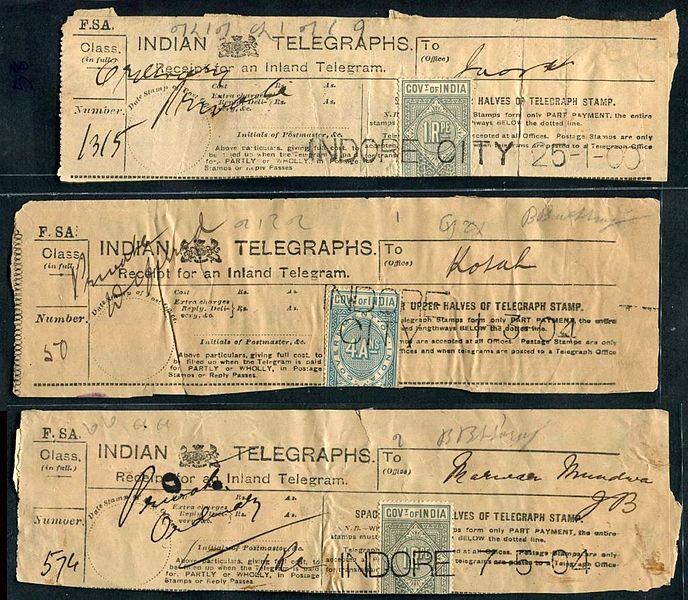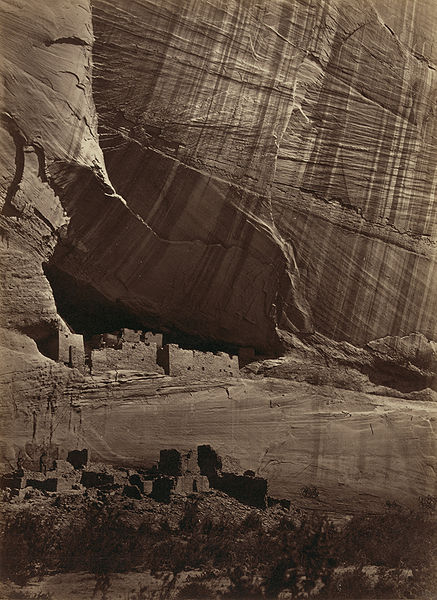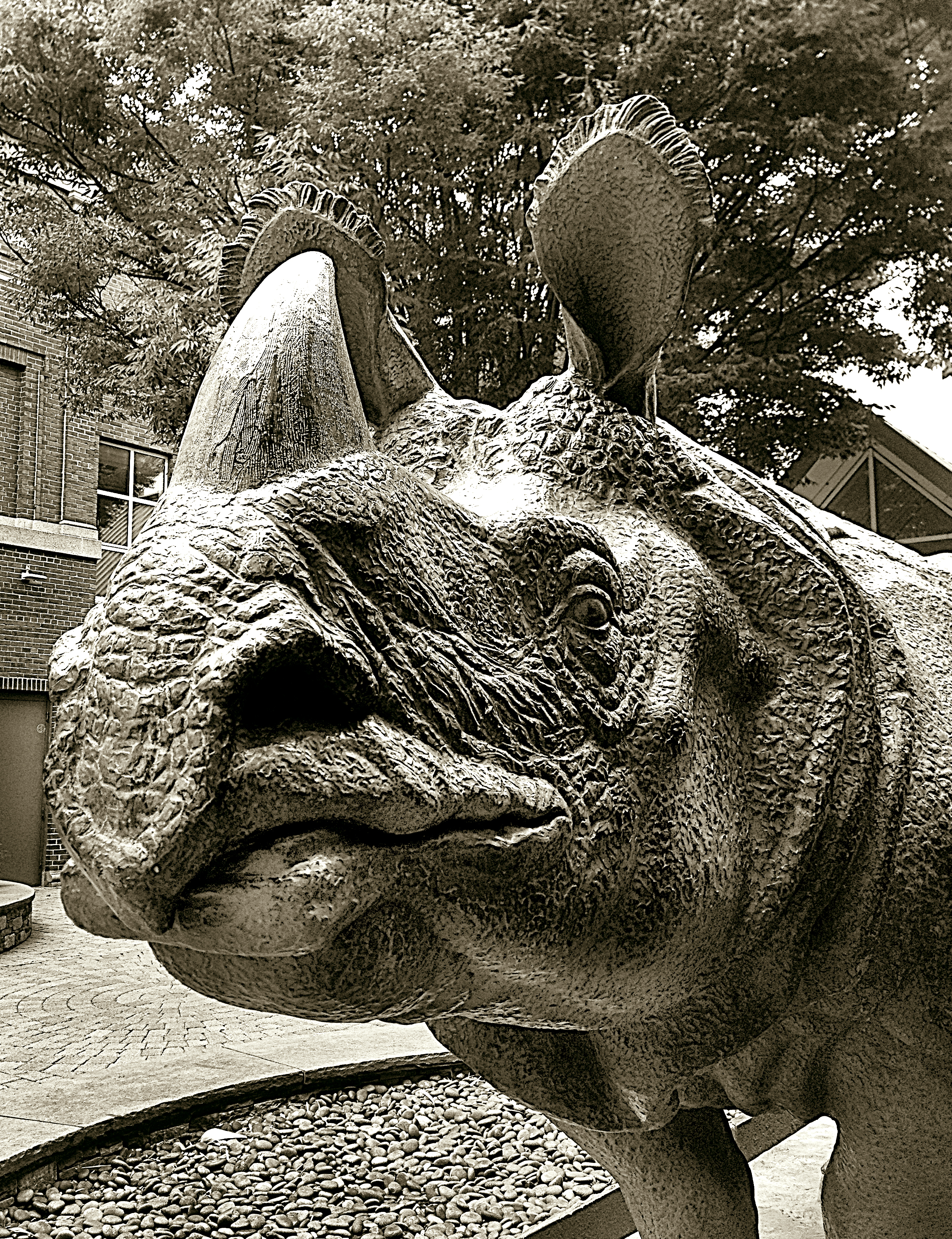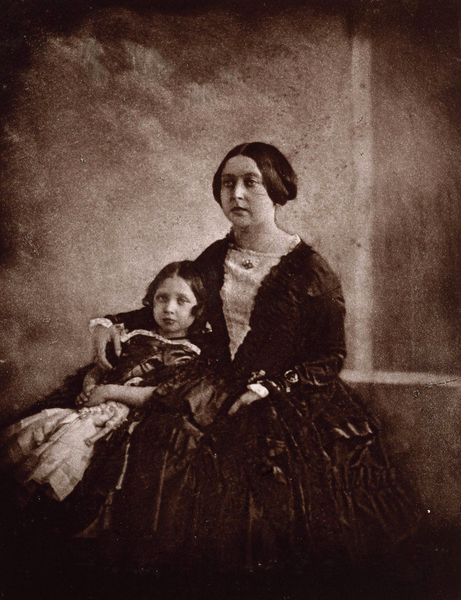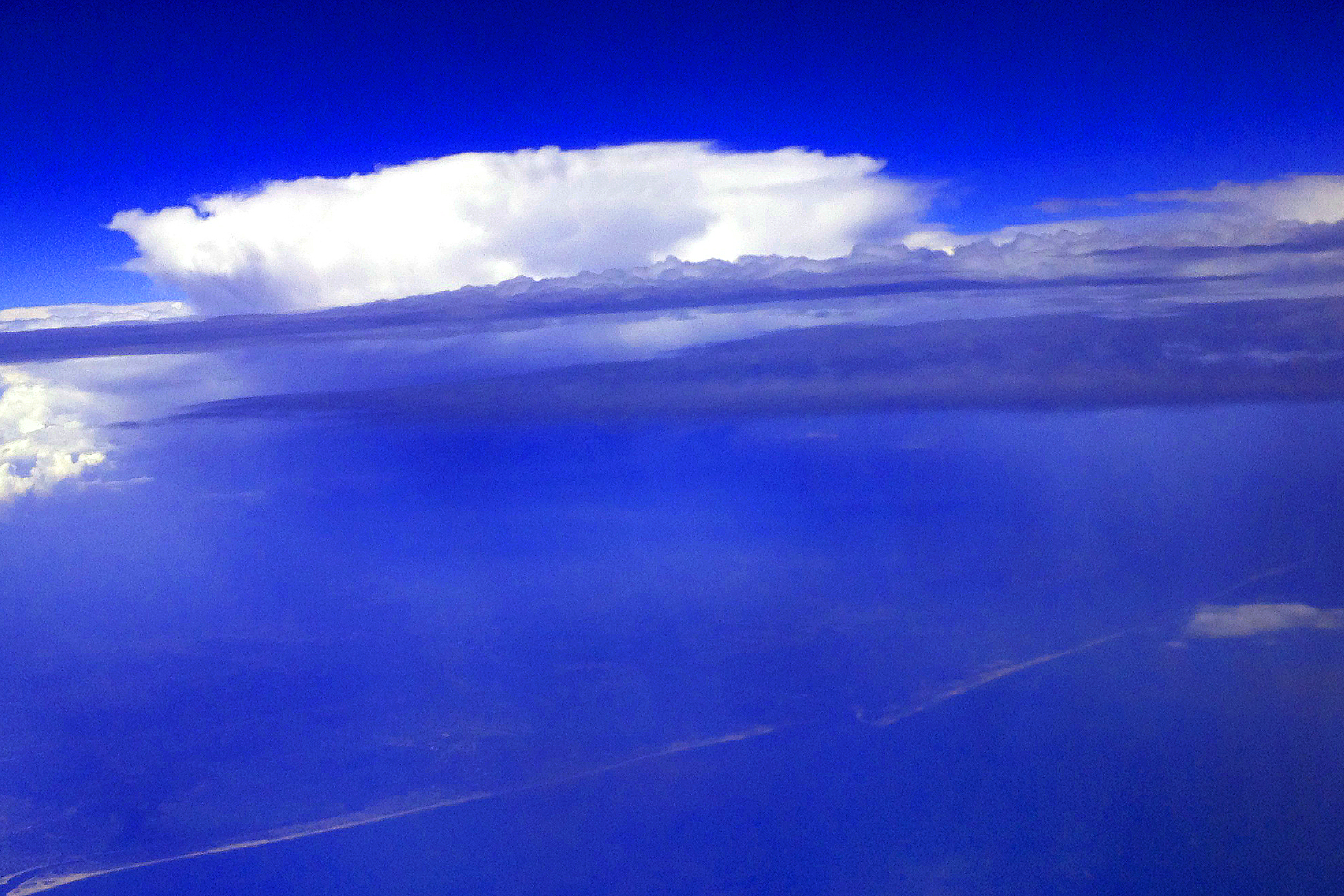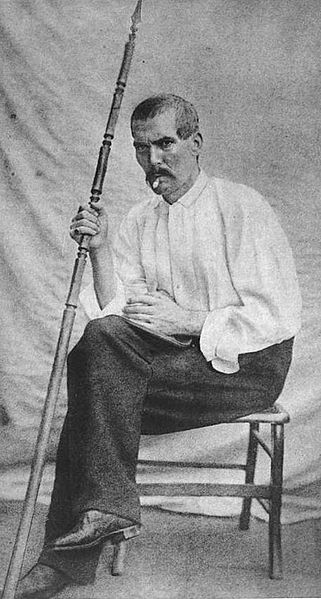
Figure 1 – Photograph of the great British polyglot, explorer, and Arabist, Sir Richard F. Burton, who said: “Starting in a hollowed log of wood — some thousand miles up a river, with an infinitesimal prospect of returning! I ask myself ‘Why?’ and the only echo is ‘damned fool!… the Devil drives’,” from Wikimedia Commons and in the public domain.
We have discussed the early years of photography enough times now: the photographers, their portfolios, the innovations, and the ways in which they changed the world that one cannot help but notice that there is a certain appeal, a particular seduction, to the nineteenth century. What is this? Is it justified?
From 1978 – 1981, I had the privilege of being trained by one of the great modern biophysicists, Michael Edidin, at the Johns Hopkins University. From Michael I learned many important lessons: the proper pronounciation of the word “dissection,” the perfection of scientific reductionism, the quest for passion in science, and not to take myself too seriously. Michael and I share many common interests and have been lifelong friends. Not the least of these interests, lay in an understanding that when you needed to abstract yourself from a scientific problem, when you needed to divert your mind so that you could focus, then the best way was to retreat to The Eisenhower Library and bathe yourself in the light of the nineteenth century.
Naysayers will laugh at this love of that century. They will point to the tragedy of slavery in the nineteenth century, of crushing poverty, child labor, and to what was in essence the bondage of women. You have only to read “Uncle Tom’s Cabin,” “Oliver Twist,” “David Copperfield,” and “Tess of the d’Ubervilles” or “Anna Karenina,” to know of these tragedies and to recognize the fact that nineteenth century intellectuals and the middle class were concerned and troubled by them. For us, in our time, the tragedy is not what happened a century and a half ago, but what happens today. The mark of Cain that we bear is twenty-first century slavery, modern poverty, present day child labor, and the current bondage of women. The true tragedy lies not in the terrible brutal slaughter of the American Civil War but that we have done it again and again in the intervening 150 years. Genocide is not a bad memory but a modern day reality.
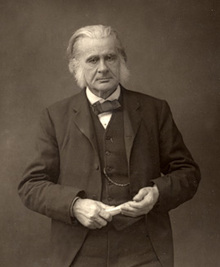
Figure 2 – Photograph of Sir Thomas H. Huxley , who said: “Sit down before fact as a little child, be prepared to give up every preconceived notion… or you shall learn nothing.” Photograph by W & D Downey, c 1888-1890, from the Wikimedia Commons and in the public domain.
Still we may ask: what is this “retreat into the nineteenth century?” In science and the intellectual realm the nineteenth century was the time of the great polymaths and generalists. Through intense mental labor a man could become expert in a broad science like physics and biology as opposed to being, as we are today in science, so specialized that we become myopic in our understanding. It was the time of great all-encompassing and synthetic science. A man like Darwin could travel the world, take it all in, and understand. The nineteenth century was crowded with such minds, minds working in laboratories, toiling in libraries, exploring the unknown world, and innovating in industry. Morse dreamed of instantaneous communication across and between continents. In our internet we are the heirs of Morse’s dream. Daguerre and Niépce dreamed of capturing light on a metal plate. Today we may still marvel at their faces captured in silver. They dreamed so many dreams that are today reality. And I think significantly that they were ultimately not fearful men and women. They were brave or secure enough to shatter forever the religious dogmas that had enslaved humanity for two millennia.
We “retreat into the nineteenth century,” taking a few moments to reflect on how they worked and the clarity of their vision. Then we return to the accelerated pace of our own world, hell bent to catch the singularity. Thus, renewed we may once more dream and create as they did.

